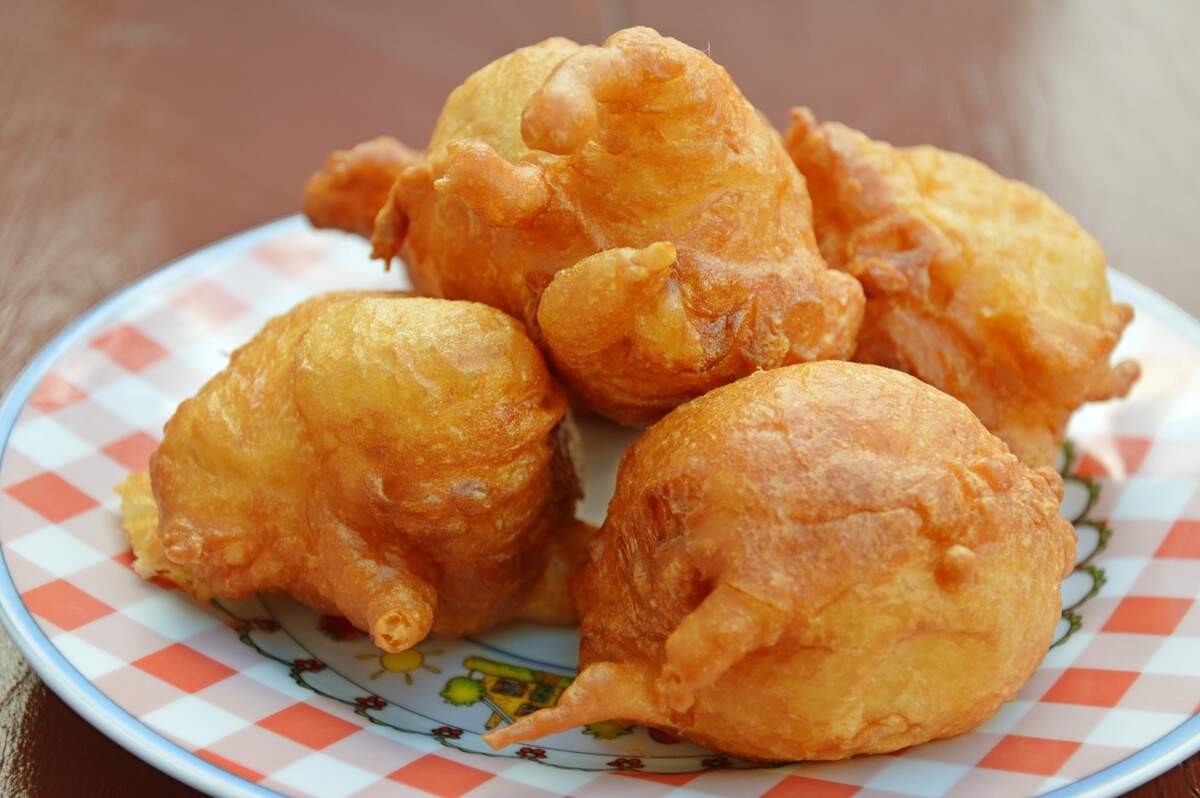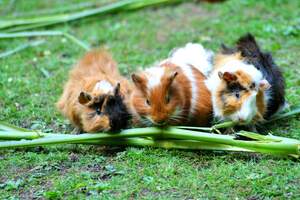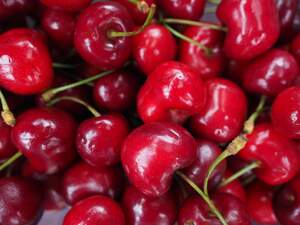

National Corn Fritter Day
Also known as
National Corn Fritters Day
Observed
annually on July 16th
Dates
Tags
Food & Drink
Fruits & Vegetables
Snacks & Desserts
Hashtags
Sources
https://culinarylore.com/food-history:how-did-fritters-get-their-name/
https://en.wikipedia.org/wiki/Corn_fritter
https://en.wikipedia.org/wiki/Fritter
https://www.britannica.com/topic/fritter
https://www.foxnews.com/food-drink/what-is-a-fritter
https://www.punchbowl.com/holidays/national-corn-fritters-day
Corn fritters, a popular fried food, are celebrated today. There is some debate on exactly what fritters consist of, but one thing is certain, they are fried, either in a pan or in a deep fryer. In fact, their name is derived from the Latin word "frictura," which means "a fry." That word was derived from "frigere," which means "to fry". In general, a fritter has a batter or breading, and usually has fillings such as meat, seafood, vegetables, or fruit, although fillings are not absolutely necessary for it to be considered a fritter. Today we specifically celebrate corn fritters.
Corn fritters are sweet and savory, and are made with corn kernels (often whole canned corn), flour, milk, eggs, and melted butter. They are often served with fruit, jam, cream, or honey. Sometimes they are also made with creamed corn, and then baked and served with maple syrup. They were likely invented in the Southern United States, where they are popular like other fried foods, such as fried chicken. Their roots are in Native American cuisine: Native Americans ate many types of corn products in the Pre-Columbian era, although they didn't do any deep frying. Corn fritters were likely invented sometime after the Europeans arrived.
Besides being popular in the United States, corn fritters are common in Indonesia, where they are known as perkedel jagung or bakwan jagung. These are sweet, not savory, and the corn is not as finely ground. They are often served as appetizers.
How to Observe National Corn Fritter Day
Celebrate the day by making and eating corn fritters! Eat them plain, or serve them with fruit, jam, cream, or honey. You could also make their Indonesian counterparts.





















